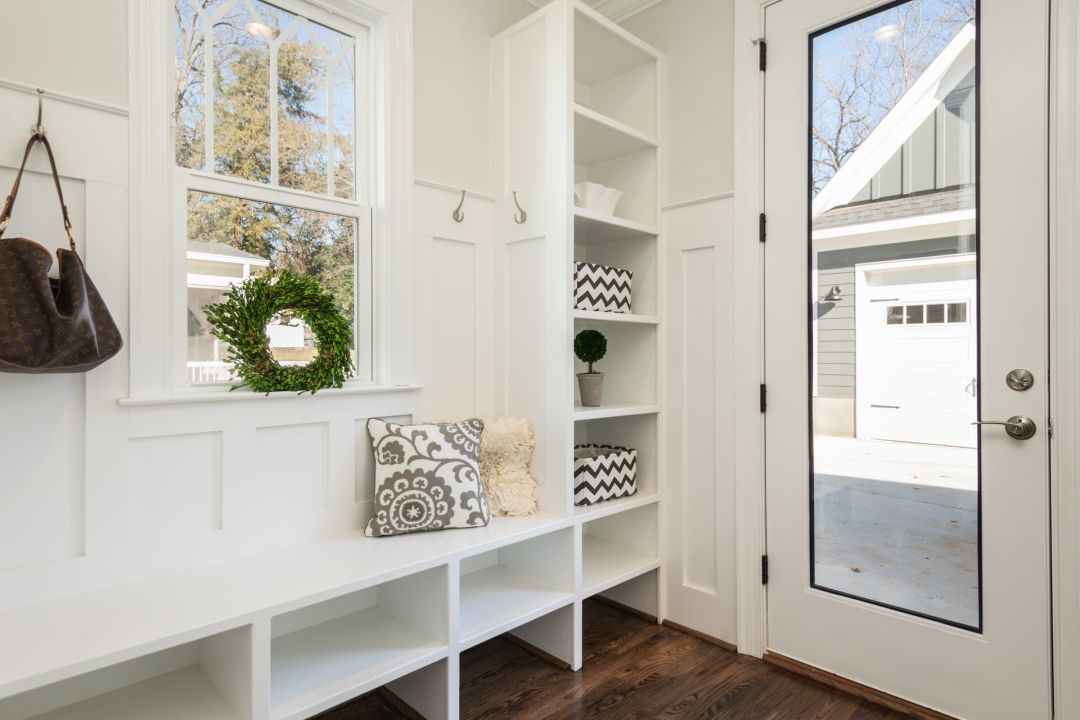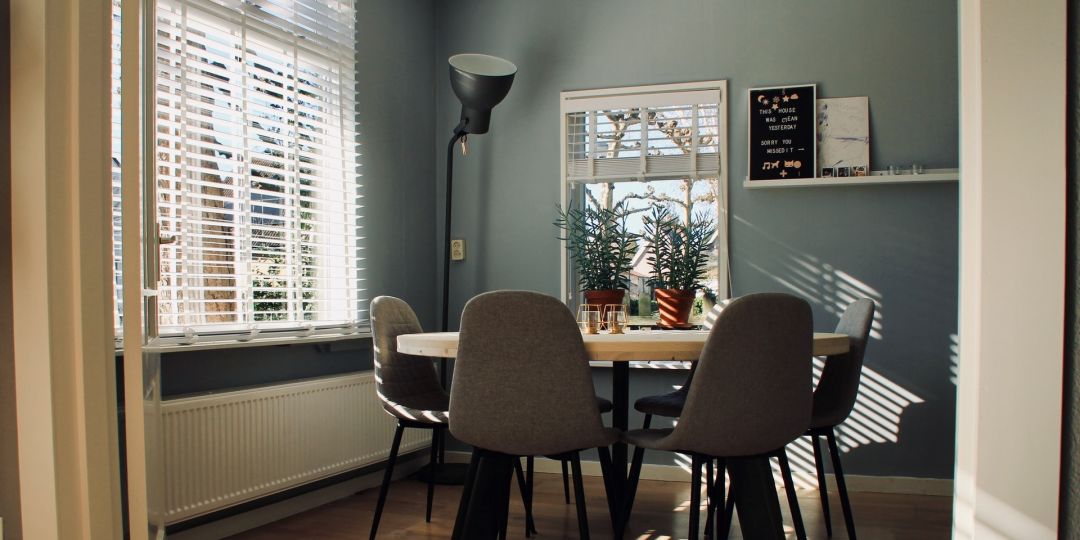By using our site, you agree to our cookie policy.
Top five selling points you should emphasise to buyers
It’s important to show your home at its best — but not every buyer is looking for the same thing. By understanding what a buyer wants and needs, you can show off the most desirable parts of your home and make sure you’re getting the best price.

Put your best foot forward
Before you begin to host viewings, it can help to do a little research on the area and the groups that may be interested in buying there. If you have a small flat in the heart of a city, you’ll probably be attracting young professionals. If you have a suburban home with a big garden, you might find that a lot of families come through the door. Each group has its own set of interests — but you can also get a sense of what an individual buyer is looking for by the questions they ask and which areas of the home draw their interest. Here are some basics to get you started.
It’s important to show your home at its best — but not every buyer is looking for the same thing."
Young professionals
Young professionals are often focused on climbing the career ladder — but they don’t neglect their social life. Think work hard, play hard. They’re often interested in convenience and amenities.
1. Transport/commute links. For a third of buyers, it’s important that properties are within a short distance of their office — so emphasising travel links is key. They may drive or take public transport, so be sure to brush up on both. 2. Bars and nightlife. Let them know about your favourite pub and the best place for brunch. A personal recommendation can go a long way. 3. Shopping. Whether it’s retail therapy or a great supermarket, highlight the range of options you have in your area. You may have a huge shopping centre or buzzing local and independent shops — either way, make sure to let them know about it.

4. Gyms and outdoor space. Whether it’s a great hiking trail, a trendy spin class, or just an amazing park, make sure to mention the best ways to stay fit and unwind. 5. Broadband speed. With remote working growing and around 40% of workers checking their emails outside of office hours, fast internet is non-negotiable for many.
Growing families
Many people choose to move when their family is growing, so you’re likely to see new or soon-to-be parents. Thinking like a parent can make a huge difference when showing your home.
1. Schools. Education is the deciding factor for young families looking to buy. Even if you don’t have kids, brush up on local schools with strong reputations. If you have friends with kids, you may want to reach out and ask for their recommendations. 2. Healthcare. A local GP or a nearby hospital with an A&E department — these can be really reassuring to young families. If you have a doctor's surgery you love, then definitely mention it. If not, then do some searching to find the top-rated options. 3. Local amenities. Mention local parks, cinemas, and children's soft-play centres to emphasise any family-friendly aspects of the area. Local supermarkets and pharmacies are also a plus.

4. Extension opportunities. Planning permission is another selling point for growing families, especially for lofts and conservatories – so if you've been granted permission for future work, make sure to mention it. 5. Garden. If you have a garden, show it to its fullest potential — having a barbeque or furniture out shows that it’s a great usable space.
Every buyer has their own set of wants and needs, so be sure to put yourself in their shoes when you show your home. "
Downsizers
Another set of buyers are those looking to downsize — maybe they’re retiring, maybe they’re empty-nesters, but they’re looking for a change and an easy home setup.
1. Benefits of smaller size. Mention how affordable the property is to heat and how easy it is to clean – both are important selling points. 2. Property layout. Empty-nesters might be looking for rooms that could be used as a spare bedroom for visiting children, while some retirees might be focused on open-plan living or living on a single floor. 3. Improvement opportunities. Downsizers tend to have more free time than young families and professionals, so they may be more willing to take on a 'project'. Talk up your property's potential.

4. Leisure. With more disposable income (and time), these buyers might want to enjoy their local area. Mention your favourite cafés, pubs, restaurants, and arts venues to get them inspired. 5. Community. A sense of community is always important, but it can be especially meaningful to downsizers. What are the neighbours like? Are there any groups they can get involved in? Does the local council run any classes nearby? Let them know what you love most about your community.
Every buyer has their own set of wants and needs, so be sure to put yourself in their shoes when you show your home. The most important thing to remember is to share what you love about where you live — that’s infectious.
Strike feel free
Copyright © Strike Limited 2024

